Albumen Surface View
Surface Sheen
Albumen prints exhibit a range of surface sheen variations, which are dependent on several factors. In addition, aesthetic tastes evolved over time from favoring semi-matte surfaces in the 1850s and 1860s, to a preference for higher gloss surfaces in the 1880s and 1890s. Drying albumen in a warmer room will result in higher surface sheen as well as double coating, which was prevalent in the 1880s and 1890s. Burnishing, a finishing technique in which a second coating of albumen is applied and the print is pressed through hot rollers, also adds gloss and smooths the surface. Prints may exhibit a bluish or whitish sheen in shadow areas that is similar to silver mirroring, but occurs during exposure and is not deterioration. This phenomenon is called “bronzing.” Typical printing guidelines say to print until the margins or shadows begin to bronze.
Albumen prints exhibit a range of surface sheen variations, which are dependent on several factors. In addition, aesthetic tastes evolved over time from favoring semi-matte surfaces in the 1850s and 1860s, to a preference for higher gloss surfaces in the 1880s and 1890s. Drying albumen in a warmer room will result in higher surface sheen as well as double coating, which was prevalent in the 1880s and 1890s. Burnishing, a finishing technique in which a second coating of albumen is applied and the print is pressed through hot rollers, also adds gloss and smooths the surface. Prints may exhibit a bluish or whitish sheen in shadow areas that is similar to silver mirroring, but occurs during exposure and is not deterioration. This phenomenon is called “bronzing.” Typical printing guidelines say to print until the margins or shadows begin to bronze.
What to look for: A range in surface sheen from semi-matte to glossy; bronzing possible
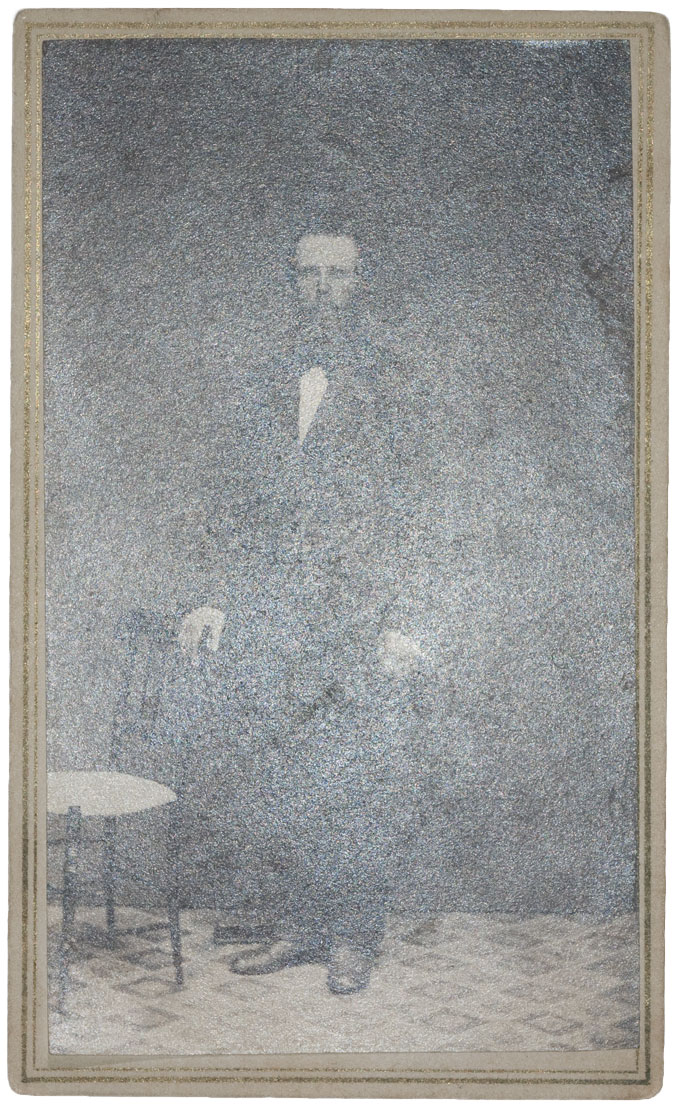
Prints made in the mid-19th century tend to have a more semi-matte surface sheen.
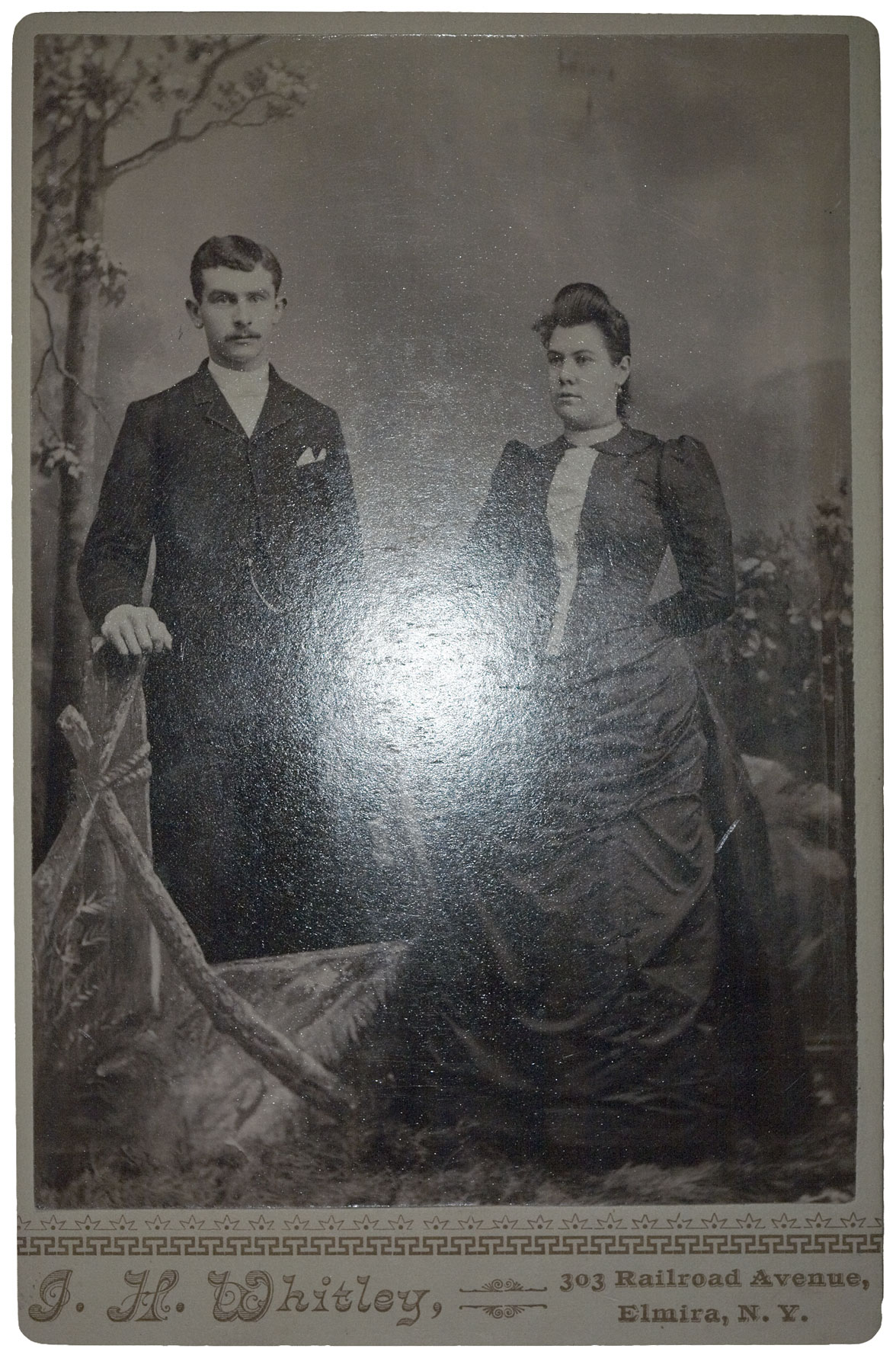
Prints made in the late 19th century tend to have a higher, glossy surface sheen.
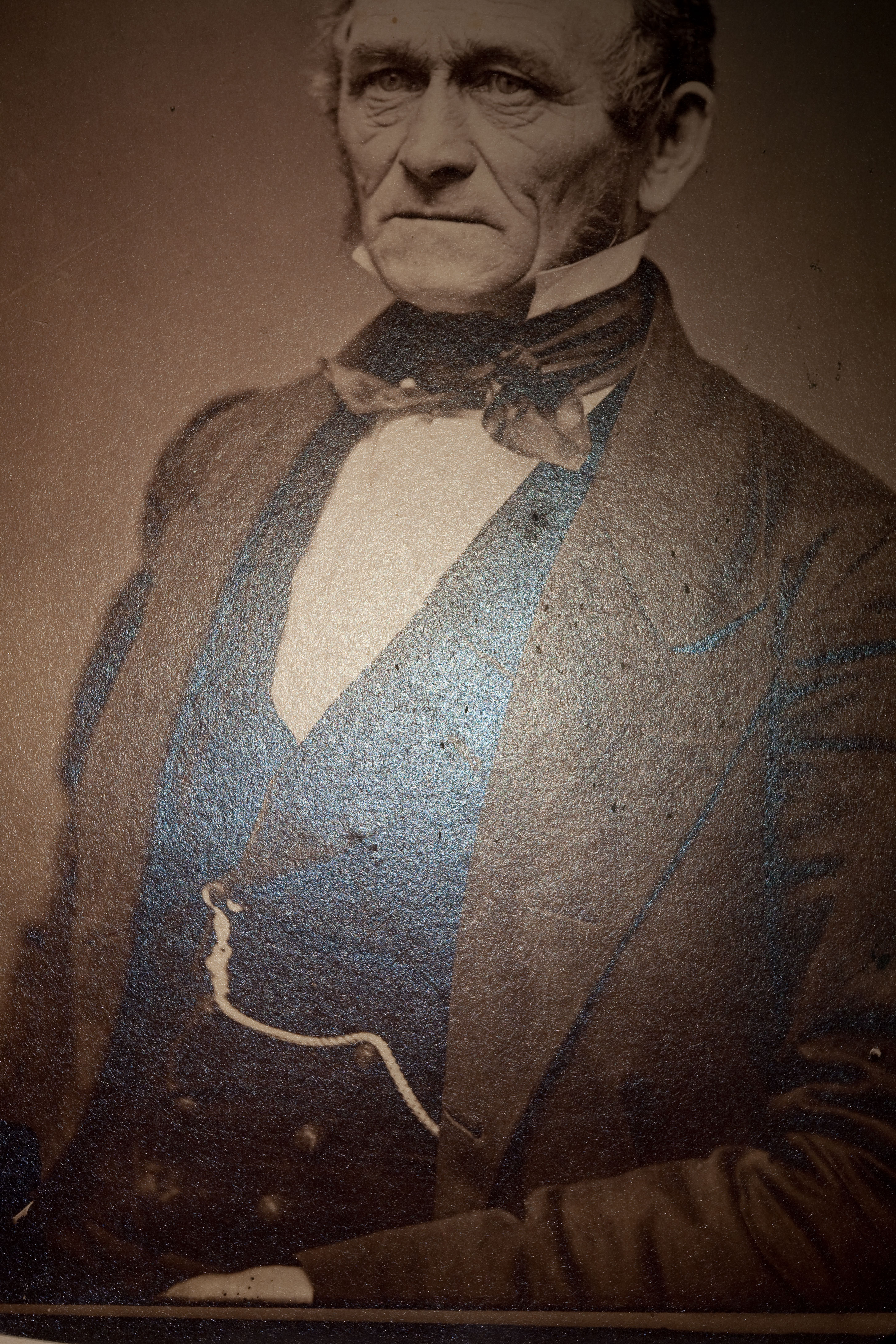
Bronzing is similar to silver mirroring, but occurs during print exposure.
Surface Texture
Albumen prints have a two-layer structure consisting of a thin paper support and an albumen binder. Although a smooth paper is used, and the print surface is often further smoothed through burnishing, the slight texture of the paper is often visible. As albumen ages, and expands and contracts in various atmospheres, it tends to crack.
Albumen prints have a two-layer structure consisting of a thin paper support and an albumen binder. Although a smooth paper is used, and the print surface is often further smoothed through burnishing, the slight texture of the paper is often visible. As albumen ages, and expands and contracts in various atmospheres, it tends to crack.
What to look for: Using raking light, the texture of the paper fibers is visible with the naked eye and more so under magnification. Cracks are also usually visible with medium to high magnification, in extreme cases they are visible to the naked eye.
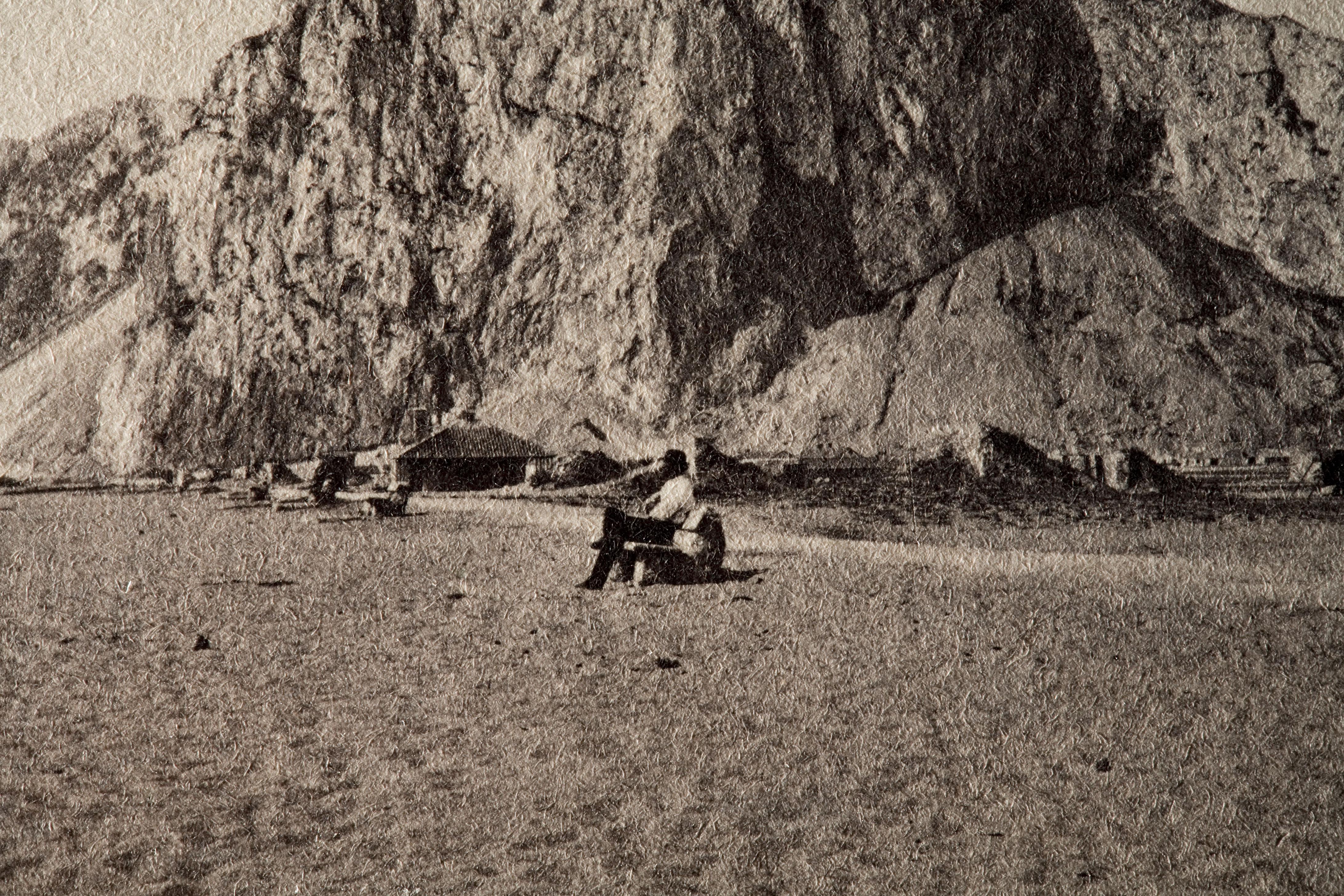
Raking light readily reveals paper fibers in this print.
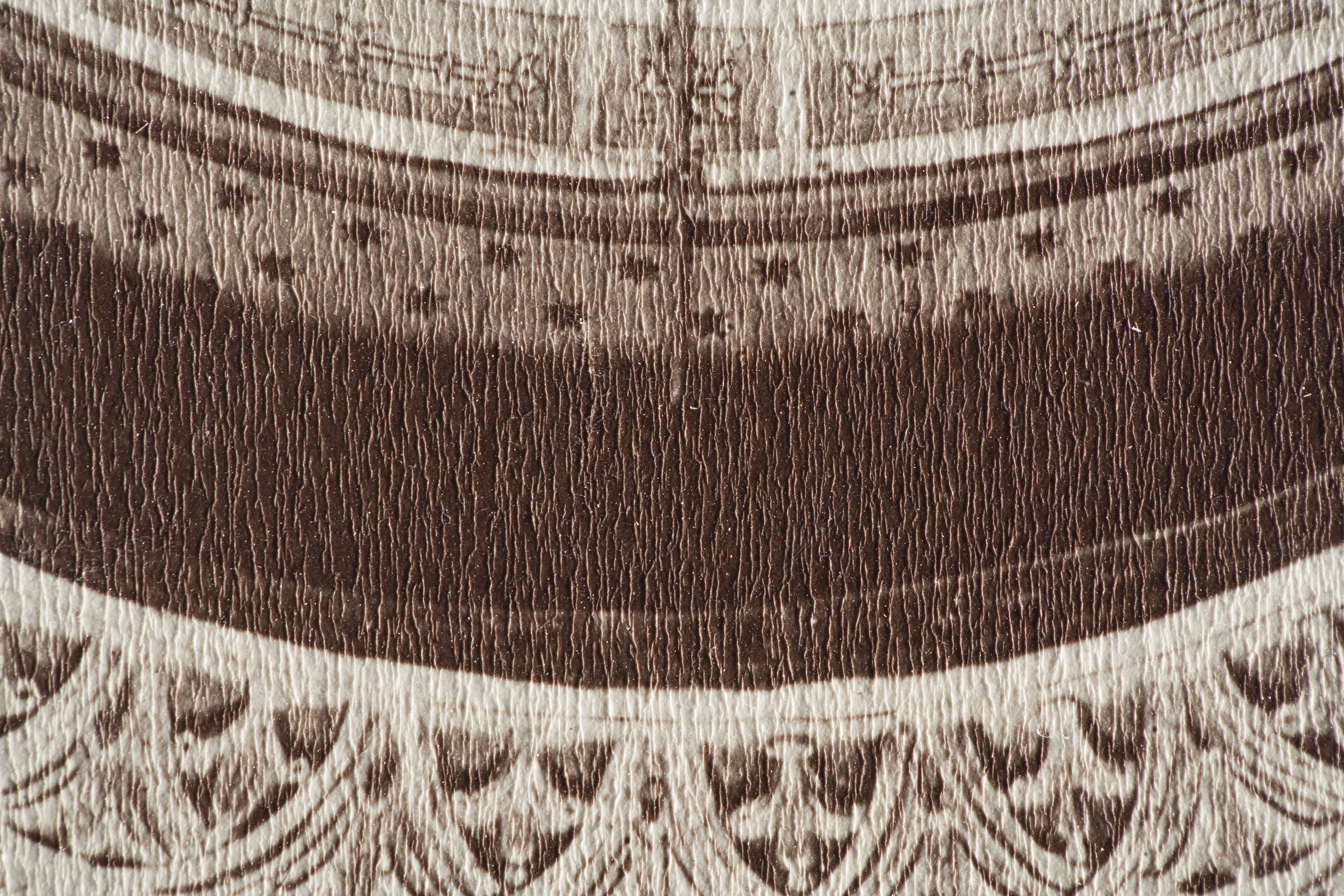
Raking light readily reveals cracks in the albumen in this print.